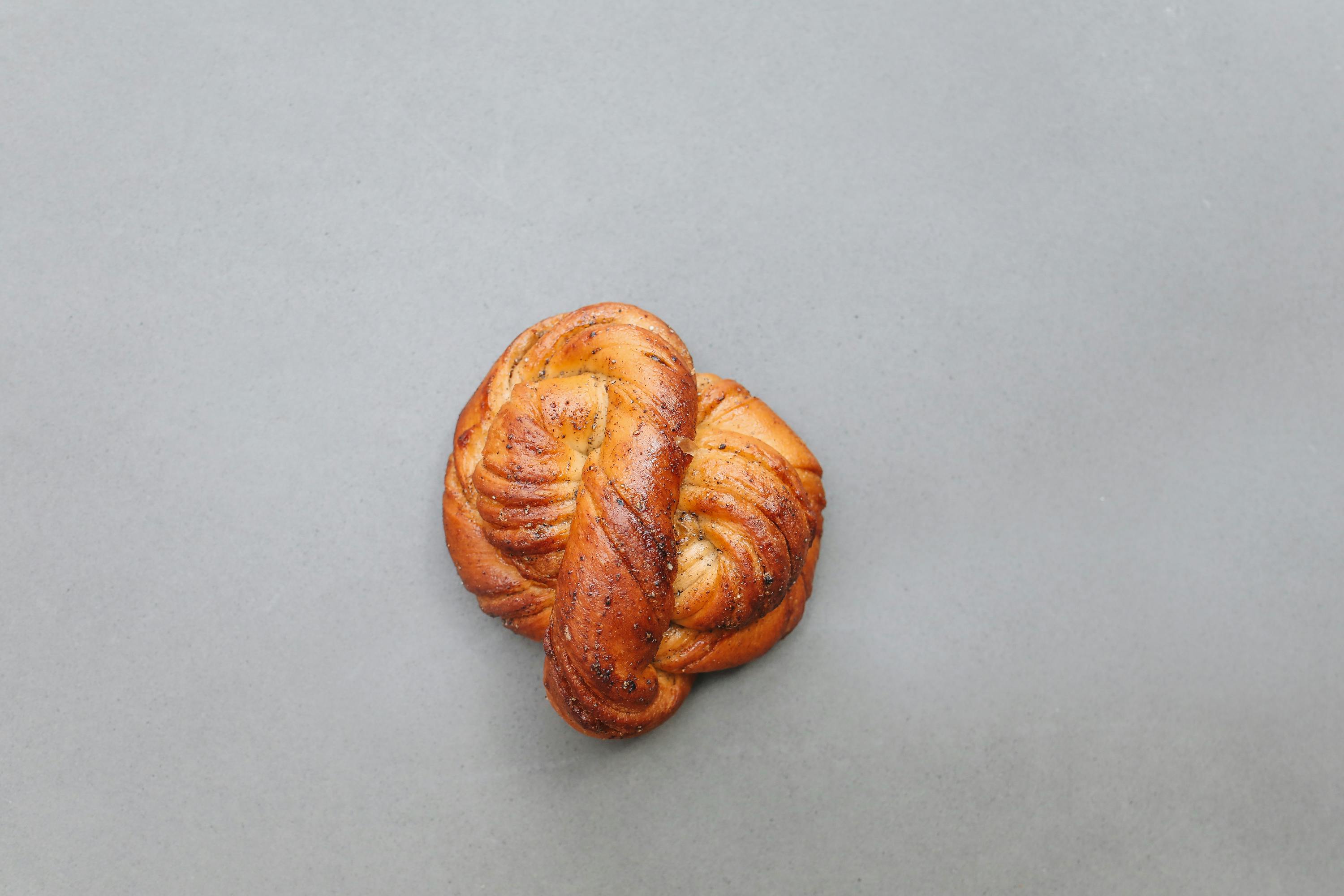How to Make Healthy Swedish Gravlax at Home: Chef Secrets Unveiled
Ever tasted gravlax and thought, “This feels like Sweden on a plate”? Growing up, I always associated Scandinavian cuisine with the gleaming freshness of cured fish. Funny thing—I was intimidated by the idea of making gravlax at home, even though every Swedish grandmother apparently knows how to whip up a batch like it’s nothing special. The catch? It’s far easier than most imagine. Yet, achieving restaurant-level perfection, especially with health-conscious tweaks, always seemed far-fetched until I started interviewing Swedish chefs and rolling up my own sleeves.
So, what is gravlax? In about two sentences: it’s a cured salmon dish originating from Sweden, usually involving a mixture of salt, sugar, and dill (sometimes other aromatics), gently pressed and chilled for two days. The result? Silky, deeply flavorful salmon that’s traditionally sliced thin and served as an appetizer or celebratory delicacy 3. At its best, gravlax is elegant and layered—both in taste and story. Unfortunately, most English-language guides glaze over health upgrades, chef techniques, and authentic country traditions, which always struck me as a missed opportunity for food lovers.
Key Promise: This guide unlocks healthy, chef-level gravlax—easy for real beginners and totally doable with grocery store ingredients.
Swedish Gravlax Essentials—Tradition Meets Health
Back in the day (and I mean centuries ago), Scandinavian fishermen would preserve their salmon by “burying” it in sand near shore—thus the term “gravlax,” which literally means “buried salmon” in Swedish1. Wild, right? Modern gravlax is far more hygienic and flavorful, but the spirit of preservation remains. The classic gravlax cure is simple: three parts salt, two parts sugar, heaps of dill, and maybe a splash of aquavit or vodka for those feeling fancy. Over two days, the salt draws out moisture and firms the salmon, while sugar tempers the intensity and herbs add their subtle magic.
Did You Know?
Sweden consumes more salmon per capita than any other European country, and gravlax features on nearly every major holiday buffet—from Midsummer to Christmas2. It’s truly a national treasure.
That said, here’s where tradition and modern wellness collide: While many older recipes rely on excess sugar for texture, contemporary Swedish chefs and dietitians prefer simple alterations: less sugar, whole-spice blends, and careful salmon sourcing. Chef Mats Lindberg explained to me last summer that, “Gravlax should highlight the fish and nature—not mask it with too much sweetness or artificial flavor.”4 That advice became my north star.
Salmon Selection: Best Practices for Flavor and Safety
Let’s be real. If you only remember one thing from this guide, let it be this: ingredient quality drives every bite. In my experience, supermarket salmon often delivers lackluster results unless handled properly. Here’s what I learned the hard way—about three ruined gravlax batches ago, but who’s counting:
- Go fresh or frozen—never smoked. Smoked salmon won’t cure properly.
- Skin-on fillet is best. It holds moisture and provides stability during curing.
- Opt for sushi-grade or parasite-free certified. Most countries require this for raw preparations; check your local standards5.
- Farmed vs. wild? There’s debate. Wild salmon delivers complex flavor, but high-quality farmed varieties offer consistent texture and safety6.
One mistake I made early on? Ignoring the thickness of my fillet. Seriously, a 1-inch slab cures way differently than a hefty 2-inch piece, altering flavor absorption and texture. These days, I tend to aim for 1.5 inches. If unsure, ask the fishmonger for advice specific to gravlax. They’re usually eager to share a few secrets. That’s the beauty of Swedish cuisine—every step connects you to centuries of culinary wisdom and practical know-how.




